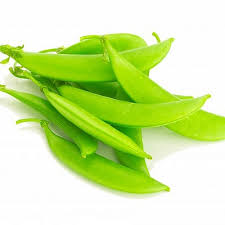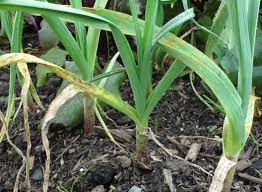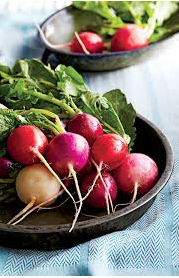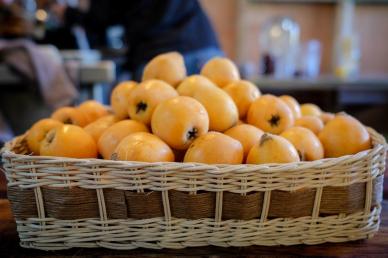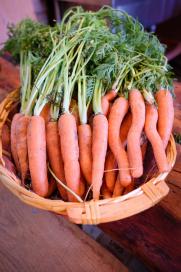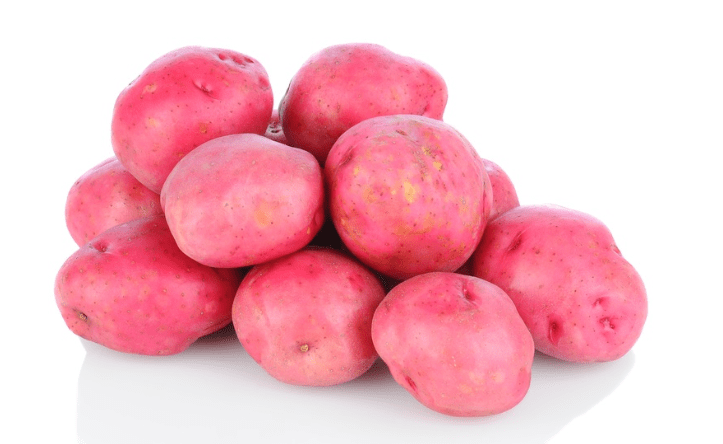Winter is the snack season. We snack between meals, during meals, andin-betweenmeals we think about our next snack.
Sometimes we try drinking a cup of tea instead. The belly is not happy with this trick. “Carbohydrates! Fuel for heating!” is the call that comes from the depths of the stomach, which sounds like a distant rolling thunder. So what if we had just finished having lunch. But the path is wiser than the walker, and our feet lead us back to the refrigerator almost on their own. The sneak-peeks at the chocolate shelf become more frequent. We wonder what could be a good snack, that is not too heavy, possibly healthier, and will meet the demands of the tummy. So what we should do?
I would say that a nearby bowl of almonds and dates should do the job. Dates are sweet and therefore meet the body's demand for immediate and available energy, and almonds bring lots of good in them. Maybe I'll write about that next time, because this time I've already decided to offer youa small bowl of peas.
Yes, yes, the snow peas have arrived at the store, as well as other peas in large, chubby pods. Snow peas are a wonderful snack simply as they are, with the pods, and enjoy their pleasurable crunchy sounds and refreshinglysweet taste. It can be added to a garden salad, sautéed, steamed or used to make soup. In general, a bit of salt or soy sauce keep the mouth busy and content.
Generally speaking, snow-pea is a plant ofmindfulness, whose industrial trade is limited by the peace of mind it require: the eyes has to get accustomed to the different shades of green in order to find the pods among the foliage, the fingers must work gently as to not break the pods and, most of all, the will power must be powerful enough in order for the pods to actually reach the bowl or basket rather than our mouths…. Not at all easy.
A study conducted by the Plant Council showed that in order to gather enough peas for one bowl of soup (ie, about 200 -250 grams) about two and a half hours of manual labor is required. Not everyone is prepared or this kind of commitment for a bowl of soup.
If this plant requires so much work, why was it cultivated to begin with? Evidence shows that it has grown wild here for thousands of years, as a plant originating from here, in the Middle East, which grows beautifully in Asia and Ethiopia as well. Among the findings discovered in the Pharaoh's tombs was evidence of pea growing and eating at the time. While the Pharaohs were probably not the ones manually picking the peas, why would they and their slaves go to all this trouble?
Perhaps it has to do with the fact that peas contain an amino acid called tryptophan, which is required for the brain to produce a substance called serotonin – which makes us calmer, happier, prevents and reduces migrainesand cardiovascular diseases, supports proper functioning of the immune system and allows us to sleep better. This, together with the abundance of proteins, minerals, and vitamins contained in peas (as well as all other legume relatives) probably convinced the ancient sages that the business was worthwhile.
Personally, I really like this plant – not only are its flowers beautiful in my eyes, but as a member of the legume family it is also very good for the soil as well as very good for all the plants that will be planted after it. Even during times when winter temperatures feel a little too cold for planting, Irather take my chances with peas (and other members of the same family, such as chickpeas and faba beans) as to not leave empty patches in the garden. So even if the yield is not very great, the nitrogen that these crops bind into the soil will be good for the plants that follow. But usually, even when it seems to be too cold, these plants rise and climb nicely. Snuggling when it is cold, tiny leaf after tiny leaf peeping out of the stem, until warmer days arrived, and they always do arrive, and the peas smile at the sun and keep climbing and growing…
Yours,
Maggie's Garden Team
Forecast:
In the ORGANIC vegetable baskets we expect (draft only):
Cucumber
Tomato
Lettuce
Potato
Cabbage
Onion
Parsley
Spinach
Celery
The Large organic vegetable baskets also include:
Fennel
Coriander
Kale
In the ORGANIC fruit baskets:
Bannana
Orange
Pomelo
Melon
The large ORGANIC fruit baskets also include:
Red Pomelo
Clementine
Lemon
The ORGANIC Green Basket:
Celery
Spinach
A kind of lettuce
Mint
Sprouts
Swiss Chard
Kale
Argula

